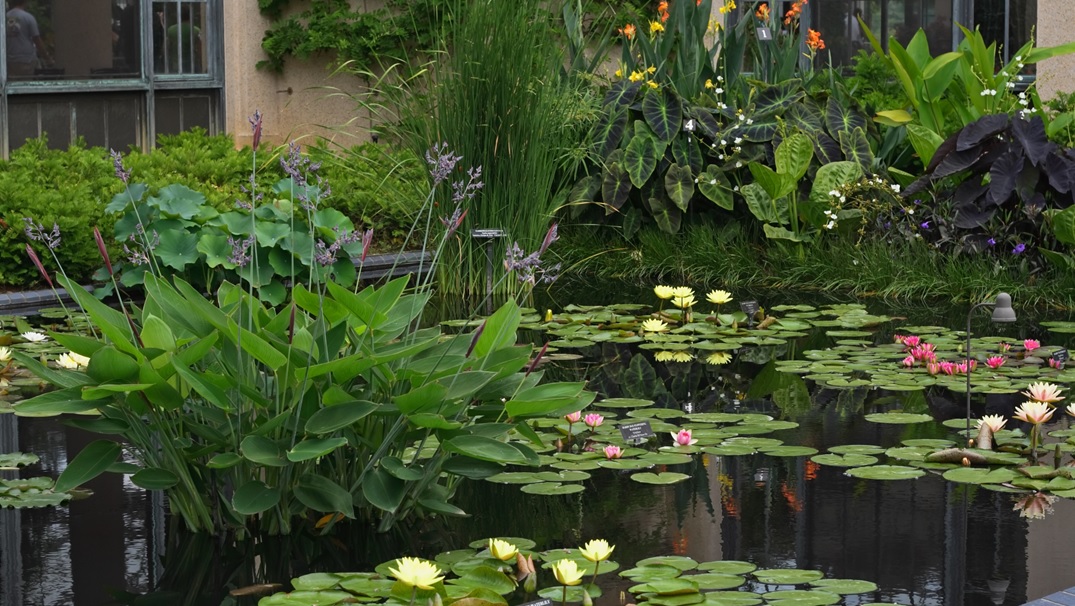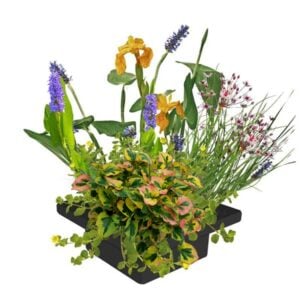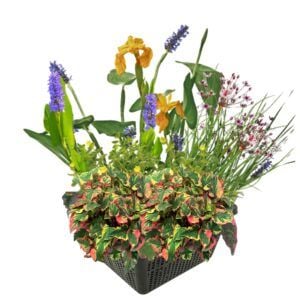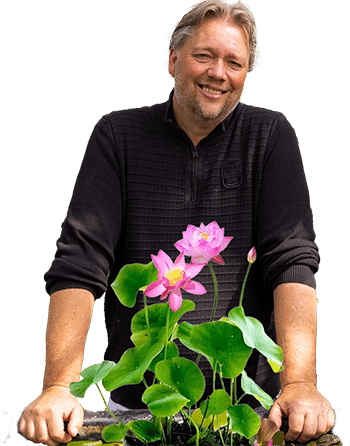Marsh anemone
Marsh anemone
Marsh anemones (Houttuynia cordata Chameleon) are the workhorses among pond plants. They keep pond water clean and produce white flowers each spring. Added to this is Anemopsis californica, also known as False Swamp Anemone, which provides a unique flair with its subtle purple flowers. This combination of plants not only enhances the health of your pond, but also provides continuous blooms that make every corner of your pond shine.

For Sumpfpflanzen , I recommend a minimum of one basket (4 plants) and a maximum of 4 baskets (16 plants) per m³ (1000 gallons of water). The amount needed depends on how quickly you want the pond to balance and your visual requirements.
Wood tuynia cordata
False Swamp Anemone - 4 pieces - Anemopsis Californica
- Marsh plant
- Full-grown height: 40 cm
- Placement: -1 to -10 cm
Marsh anemone - 4 pieces - Houttuynia Cordata Chameleon
- Marsh plant
- Full-grown height: 40 cm
- Placement: -1 to -10 cm
Floating Plant Island - Aquatic Plants
- Floating aquatic plant
- Full grown height: 80 cm
- Placement: loose in the water
Frequently asked questions about Marsh anemones
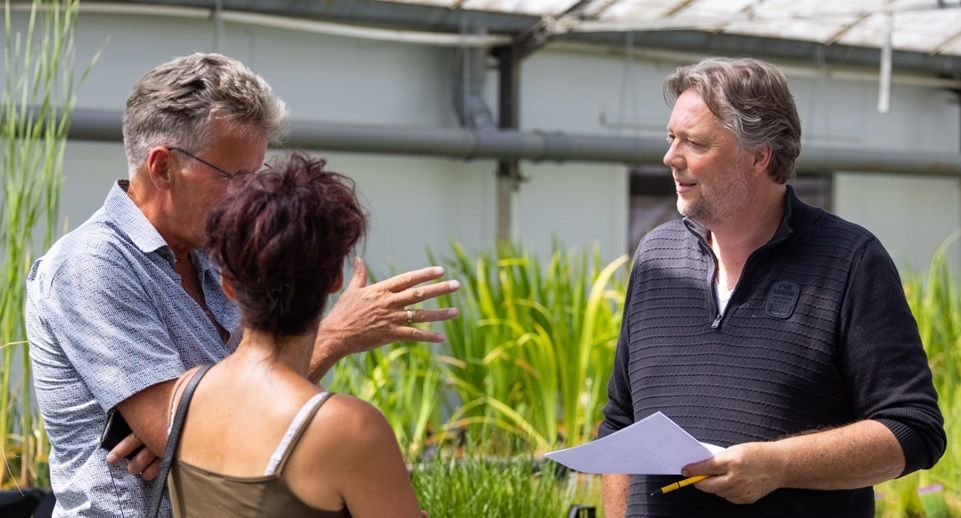
Yes, we supply both plants with pond baskets (incl.clay, substrate and a nutrient tablet) to control uncontrolled growth.
The pond baskets should be at a depth where the plants can grow just below or just above the water surface.
Yes, the Houttuynia Cordata 'Chameleon' is known for its distinctive, citrusy fragrance, while the Anemopsis Californica has a slightly spicy scent that is especially noticeable when the plants are in bloom.
They improve water quality, add color and provide habitat for pond animals.
No, both plants are hardy and do not need extra care during the cold months.




